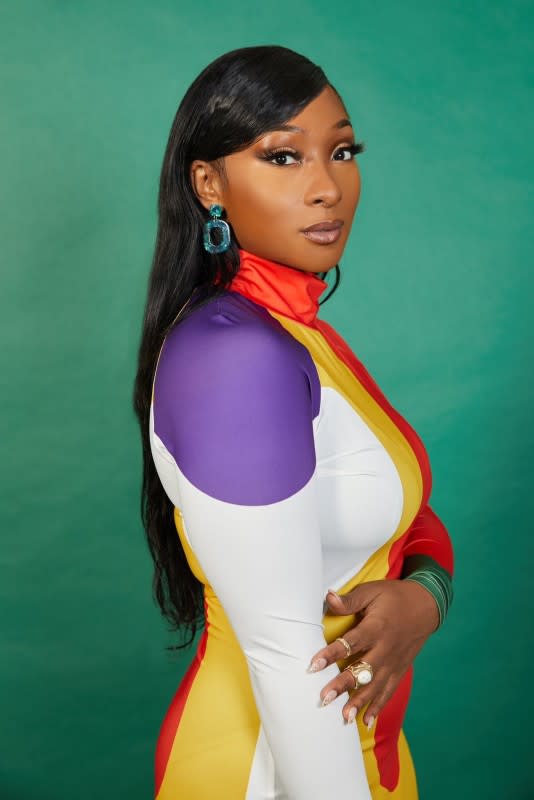Shakaila Forbes-Bell on How You Can Leverage Fashion Psychology to Shop More Thoughtfully

Photo: Courtesy of Shakaila Forbes-Bell
Watch the full conversation between Shakaila Forbes-Bell and Staff Writer Andrea Bossi on The Fashionista Network.
In 2016, Shakaila Forbes-Bell became the first Black person in the world to earn a master's degree in fashion psychology. Before that, she assumed she'd pursue the traditional general psychologist-to-therapist pipeline, or become a "Black woman Frasier [Crane]," she told Andrea Bossi live on the Fashionista Network. (Watch it here!)
A couple of years into her undergraduate studies, she discovered she was more interested in social psychology and in studying social dynamics and group behavior. This started laying the foundation for where Forbes-Ball is today, but ultimately it was the murder of Trayvon Martin and the racial implications around him wearing a hoodie that propelled her to seek out fashion psychology.
"It made me so angry because, at the same time, we had the rise of the tech bro in Silicon Valley who wasn't wearing the white collar [shirt] and suit and tie — he was wearing a hoodie, and, now, that was seen as being a sign of success, wealth and intelligence," she said. "But, still, on young Black bodies, hoodies were seen as symbols for threats and violence, and I wanted to investigate further into the intersections between clothes, race and first impressions."
So, how does Forbes-Bell define fashion psychology? There are five main components: "how you use clothes to navigate your different identities," "the way people use style to define themselves and other people," "how clothes change your mood and behavior", "how mood dictates and impacts the way you dress" and "exploring why we buy the things we do."
"We often buy mindlessly. We have that dopamine rush," she explained. "There's a lot of things going on in your brain — chemical warfare — and you end up with clothes you don't like. That's one of my biggest goals in fashion psychology, because I think that's an area of sustainability that nobody talks about: If you actually wear and love your clothes, you won't feel the need to constantly consume."
To combat overconsumption, Forbes-Bell advised abiding by the "four, three, two, one rule" — that is, shopping for you four years from now, having at least three different occasions to wear your outfit, taking two deep breaths before coming to a verdict and giving yourself one good night's sleep if you're unsure about a purchase.
"From both a sustainability aspect and a brand's bottom-line aspect, you want consumers to make good purchases that they keep," she said. "Also, it's better for the bottom line, sustainability and brand loyalty, because if you're encouraging your consumers to make smart decisions, it can help make sure that they love your brand. If they keep thoughtlessly shopping, they're going to pick items that don't suit them and don't really like, which will leave a negative taste about your brand in their mouth."
This conversation was hosted on The Fashionista Network powered by interactive media platform Fireside, where viewers get the chance to participate and speak directly with industry figures. Learn more about The Fashionista Network here.
Want the latest fashion industry news first? Sign up for our daily newsletter.
